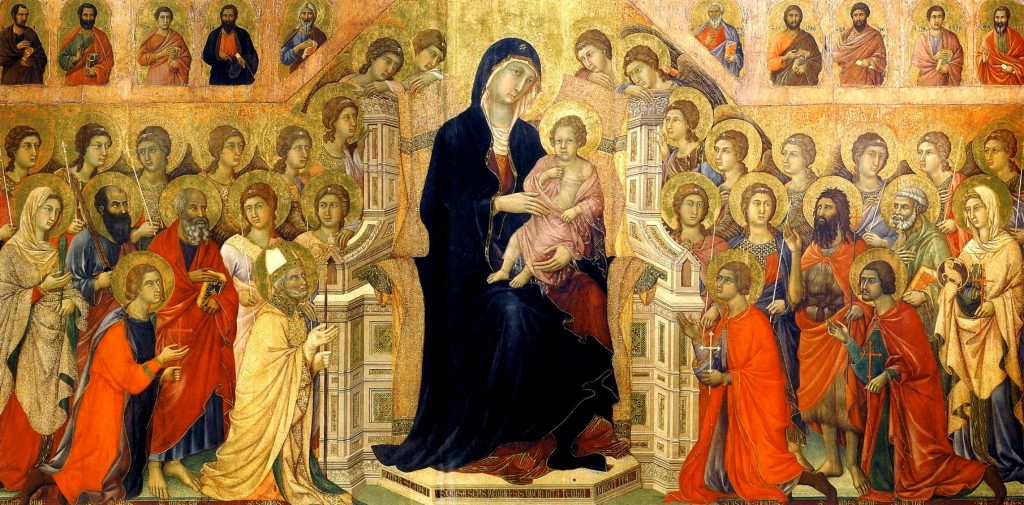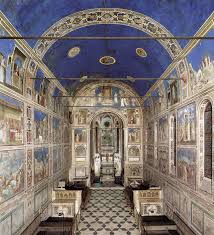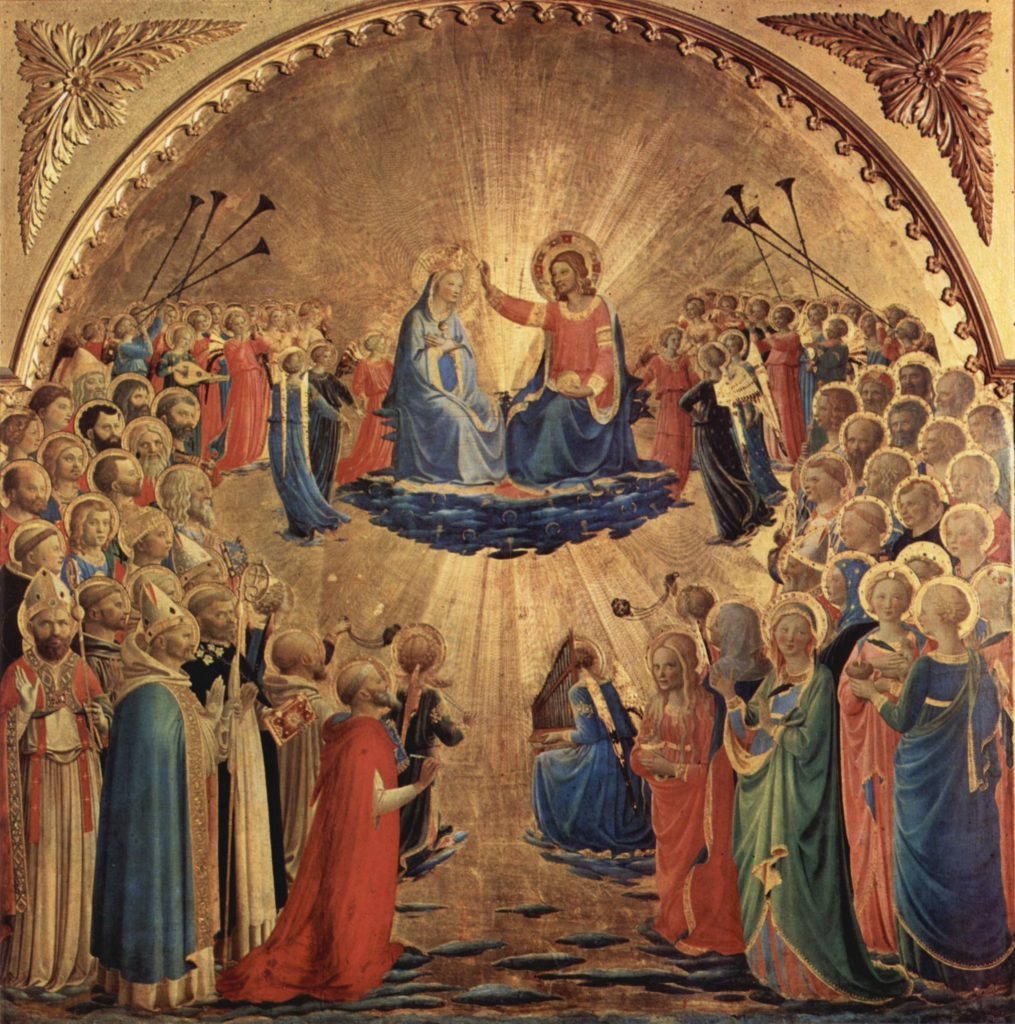
By the mid-1100s, Europeans across the continent developed a higher understanding of art. The Church provided commissions for works of art depicting biblical elements. This let art in many forms started to flourish. From frescoes, panel paintings, manuscript illuminations and stained glass, the painting world became a whole lot broader.
Art in the gothic period predominantly featured biblical elements. Painting of any form hadn’t been commercialized and was very expensive, so without patrons from the Church it was impossible to pursue a future in art.

The use of colour in gothic art was vibrant and was used with a purpose in mind. The reason might be because of the lack of understanding of visual depictions or that there were limitations to the medium compared to the later periods in art, as painting techniques and resources were not developed as much. The main source of colour in frescoes was from minerals and plants. Frescoes consisted of plastering powder into a mixture of lime and water to implant it into the wall, and colourful materials could be found all over nature.

Colour was utilized as more than just decorations, but more so as symbols. There was a reason why Jesus Christ was depicted in blue and red clothes. Blue symbolized his royalty, his Godly heritage, and the red symbolized the blood and passion of Christ. Like this, European artists of the gothic period started to have a greater understanding of colour beyond what can be seen. By bringing an emotional connection to the colours used in artwork allowed the viewers to feel the ideas presented. This was a great promotion for the Church since many people were illiterate and could not fully read or understand the teachings of the Bible. The help of visual communication advanced the ways the Church could teach and at the same time, art commissions became profitable, allowing for more people to pursue art and eventually blossom into the renaissance.
“Gothic Art (C.1150-1375).” Gothic Art: Characteristics, History, http://www.visual-arts-cork.com/history-of-art/gothic.htm. Wiley, Lucia, et al. The Art of Fresco: Color, http://www.muralist.org/fresco/color.html. The Meaning of Colors Symbols in Byzantine, Gothic and Renaissance Painting, http://www.historyofpainters.com/colors.htm.
